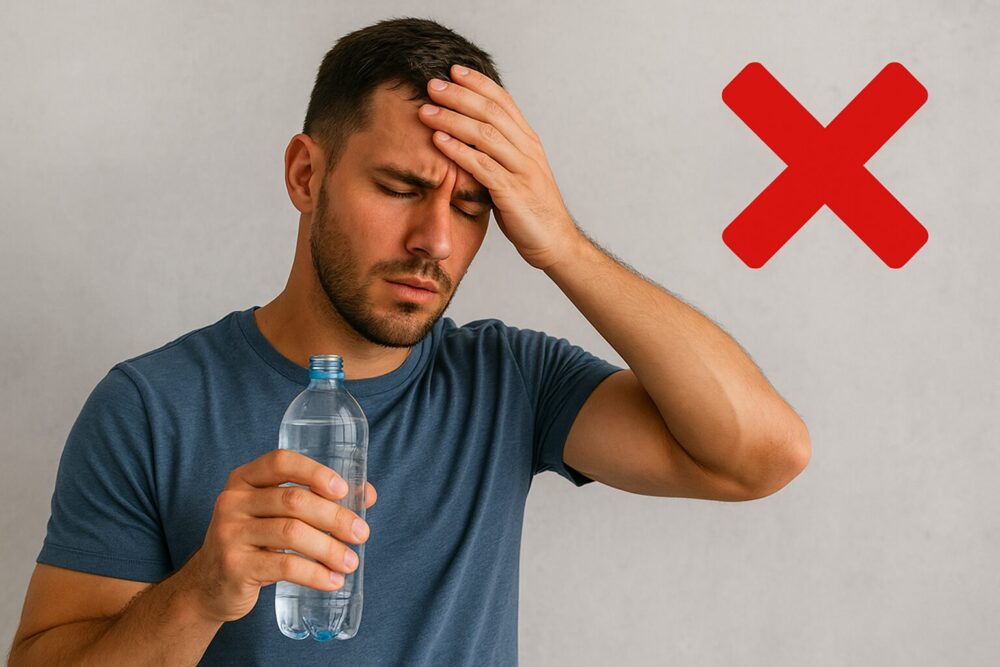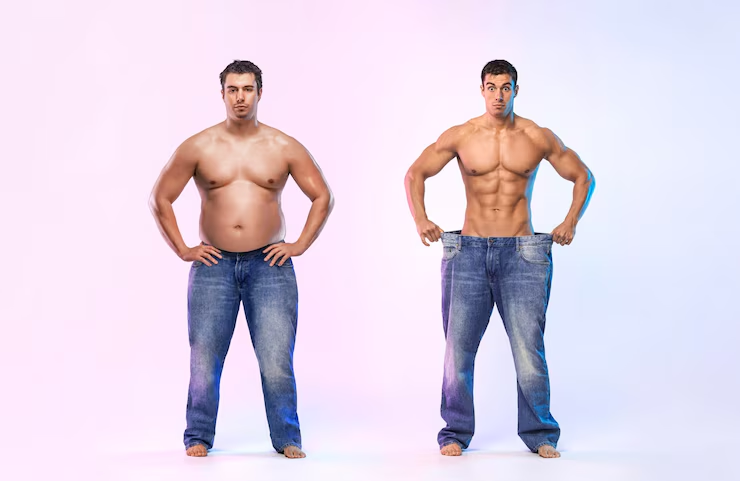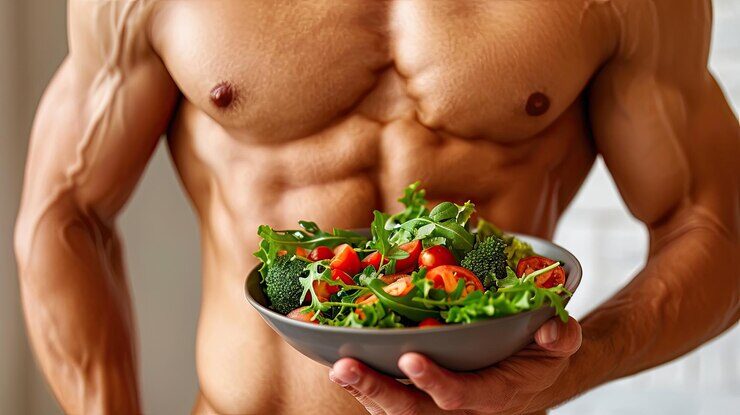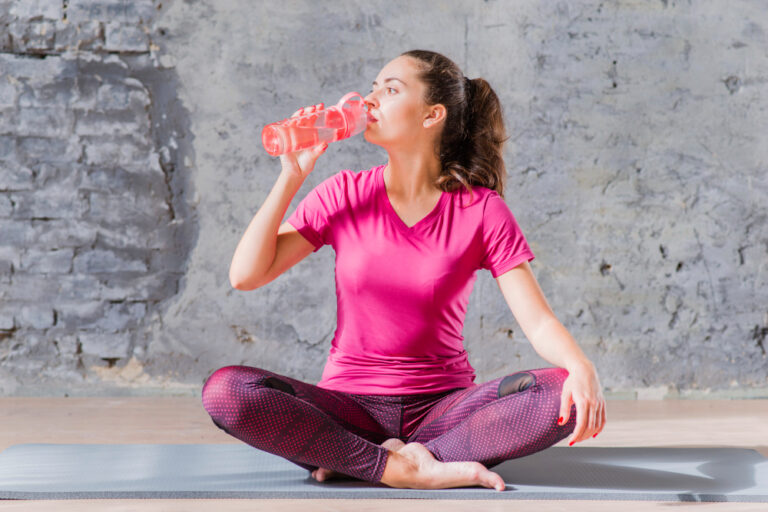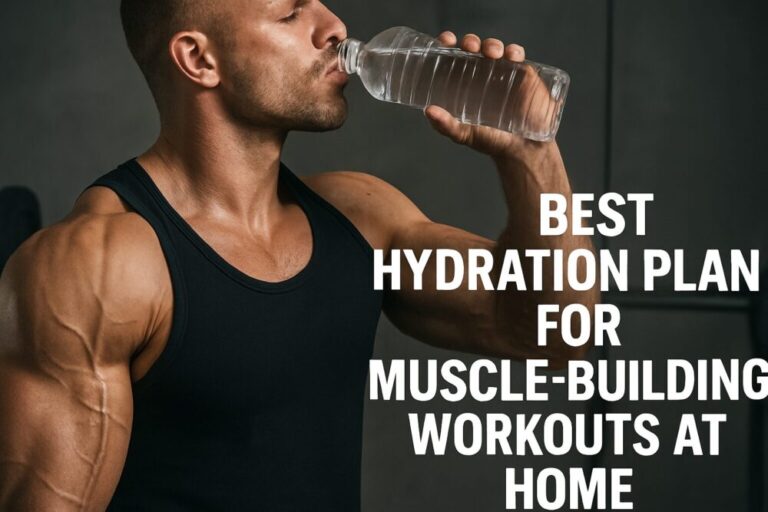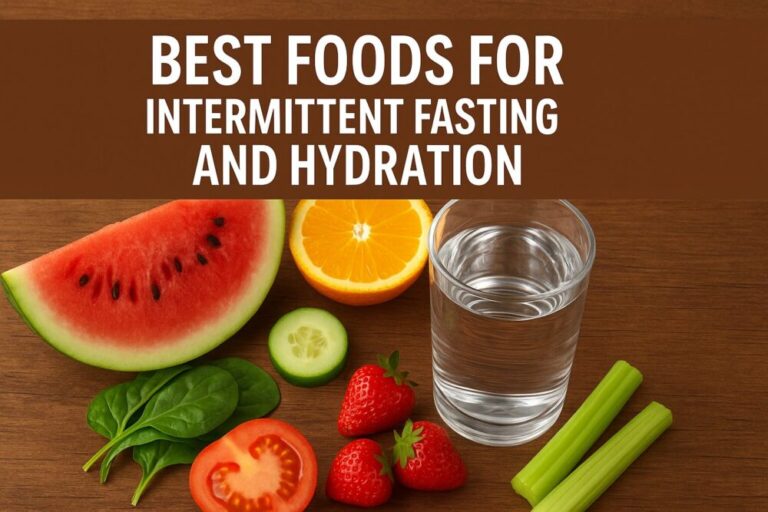Hydration plays a bigger role in fitness than most people realize. You can have the perfect training plan and balanced nutrition, but if you’re making hydration mistakes, your results will suffer. For home fitness enthusiasts, where workouts often happen in smaller, warmer spaces without the convenience of gym amenities, hydration errors can be even more damaging.
In this article, we’ll break down the 7 most common hydration mistakes sabotaging home fitness progress, show you the science behind them, and provide practical fixes. By the end, you’ll know exactly how to avoid these pitfalls and keep your workouts productive, safe, and energizing.
The 7 Hydration Mistakes That Sabotage Your Home Fitness Progress
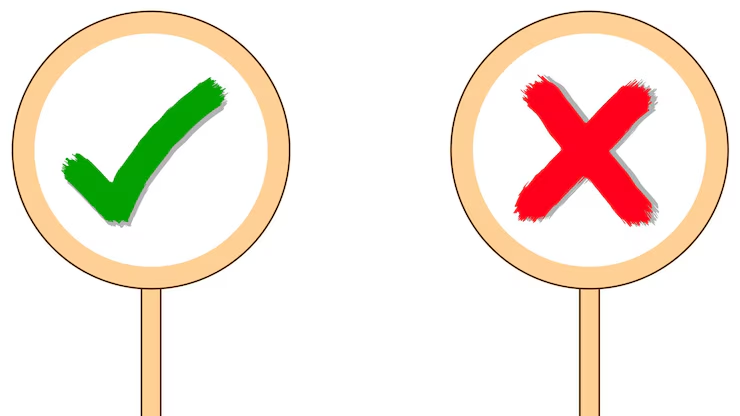
Mistake #1: Waiting Until You Feel Thirsty
Many fitness enthusiasts believe thirst to be the most reliable indicator of dehydration; however, in reality it often lags behind actual dehydration; by the time your body realizes they need water, it could have already lost 1-2% of body weight in fluid loss which may compromise performance and hinder physical fitness.
Research published in the Journal of Athletic Training found that performance decreases significantly with only minor dehydration of 2% body weight (Source).
The solution: Don’t wait until you are thirsty – drink water regularly throughout the day, as well as pre- and intra-workout hydration strategies. Our ultimate guide for hydration outlines how you can create an optimum fluid-level routine.
Mistake #2: Over-hydrating Without Electrolytes
Hydration isn’t just about water, it’s about balance. Drinking large amounts of plain water without replenishing sodium and other electrolytes can lead to hyponatremia (low blood sodium). Symptoms range from fatigue and headaches to severe muscle cramps.
A study in the New England Journal of Medicine found that nearly 13% of marathon runners developed hyponatremia from over-hydration (Source).
The solution: For longer or more intense home workouts, balance hydration with electrolyte sources like coconut water, bananas, or low-sugar electrolyte mixes. Check out our detailed post on hydration myths about fitness to avoid other common misconceptions.
Mistake #3: Ignoring Sweat Loss
Sweating does not just involve losing water; it also involves excreting sodium, potassium, and magnesium from your system. Even when replacing fluids with those from another source, your body remains deficient, resulting in muscle cramps, decreased endurance levels and slower recovery rates.
The solution: Keep track of your sweat rate by weighing yourself before and after workouts. Replace each pound lost with at least 20 oz of water, as well as including electrolyte-rich foods post-workout to replenish electrolytes lost through sweat. This strategy is especially crucial during seasonal home workouts.
Mistake #4: Failing to Drink Prior and Post Workout Hydration Solutions
Some may focus solely on drinking during workouts, but starting under-hydrated or not replenishing their fluid stores afterward is a costly mistake. Dehydration reduces endurance and increases cardiovascular strain. If rehydration afterward is neglected, it delays recovery and muscle repair – both factors will impede performance and recovery.
A controlled trial showed that dehydrated participants (about 3% body weight loss) during a full-body resistance workout not only performed fewer repetitions, but also experienced significantly higher pre-set heart rates (by approximately 6–13 bpm) and higher perceived exertion—reducing both output and recovery capacity.(Source)
The solution: Here are the guidelines:
- Pre-workout hydration should consist of 17-20 oz of water consumed two hours prior to beginning any physical activity.
- Throughout: 7–10 ounces every 15-20 minutes.
- Post: 20 ounces per pound lost through sweat.
An organized hydration plan for seniors offers insight into how these principles can be customized to different age groups and energy levels to ensure no one starts or ends workouts dehydrated.
Mistake #5: Relying too heavily on sugary sports drinks
Sports drinks may be helpful during longer, intense workouts; however, most home fitness sessions under an hour often don’t warrant their use as they add unnecessary sugar and calories that compromise weight loss goals.
The solution: Stick to water during most workouts and seek low-sugar alternatives such as citrus, cucumbers or adding a pinch of sea salt into your water for electrolyte replenishment if necessary.
Mistake #6: Failing to Adjust for Environment and Intensity
Your daily hydration requirements vary. Home workouts in summer heat, intense HIIT sessions or simply being exposed to an increasingly humid indoor space all increase fluid requirements; failing to adjust can quickly dehydrate and lead to performance losses.
According to research published in Journal of Applied Physiology (JAP), hot environments significantly increase sweat rates, necessitating tailored hydration strategies in order to keep employees comfortable.
The solution: Tailor fluid intake according to workout conditions. In hot climates, increase fluids by 20-30% while reduced thirst doesn’t indicate decreased fluid loss; for seasonal hydration strategies, see our guide Seasonal Hydration for Home Workouts (scroll down for details).
Mistake #7: Not Tracking Hydration
Estimating how much water you drink without tracking can lead to significant underestimation, even among experienced athletes who might otherwise know better. Tracking helps identify gaps and ensure consistency; even experienced athletes underestimate intake without an organized plan in place.
Research published in the International Journal of Sport Nutrition and Exercise Metabolism found that athletes who tracked their intake were significantly more likely to reach hydration targets compared to those who guessed.
The solution: Monitor hydration using apps, smart water bottles or our free Water Intake Calculator to track intake. Combine that with visual cues such as keeping an empty bottle nearby during home workouts to achieve optimal hydration levels.
Conclusion
Avoiding these hydration mistakes sabotaging home fitness progress can make a huge difference in your results. From better endurance to faster recovery, proper hydration supports every rep, set, and sweat session.
The key is balance, drinking enough water, replenishing electrolytes, and adjusting for your environment. Start small, track consistently, and use resources like our ultimate guide for hydration to build long-term habits.
Most importantly, personalize your intake. Use our free Water Intake Calculator to determine your exact needs and eliminate guesswork. Your body-and your home fitness results-will thank you.
FAQ
How much water should I drink for home workouts?
For most people, drinking 0.5–1 liter of water per hour of exercise is a good target, but exact needs depend on weight, intensity, and sweat rate. Using a Water Intake Calculator gives you a personalized hydration target.
Do hydration needs change with the seasons?
Absolutely. Hot, humid weather increases sweat loss, while cold weather can blunt your thirst response, causing hidden dehydration. For a detailed guide, check out our post on Seasonal Hydration for Home Workouts.
What are the signs of dehydration during exercise?
Common signs include dry mouth, dizziness, fatigue, muscle cramps, and dark-colored urine. If you experience these, it’s time to pause and rehydrate immediately.
What’s the best way to track hydration for fitness results?
Using a smart water bottle, hydration apps, or a calculator tool helps monitor intake accurately. For deeper insights, explore ultimate guide for hydration to build a reliable plan

